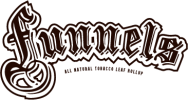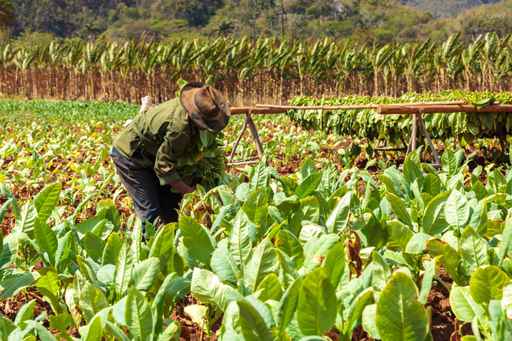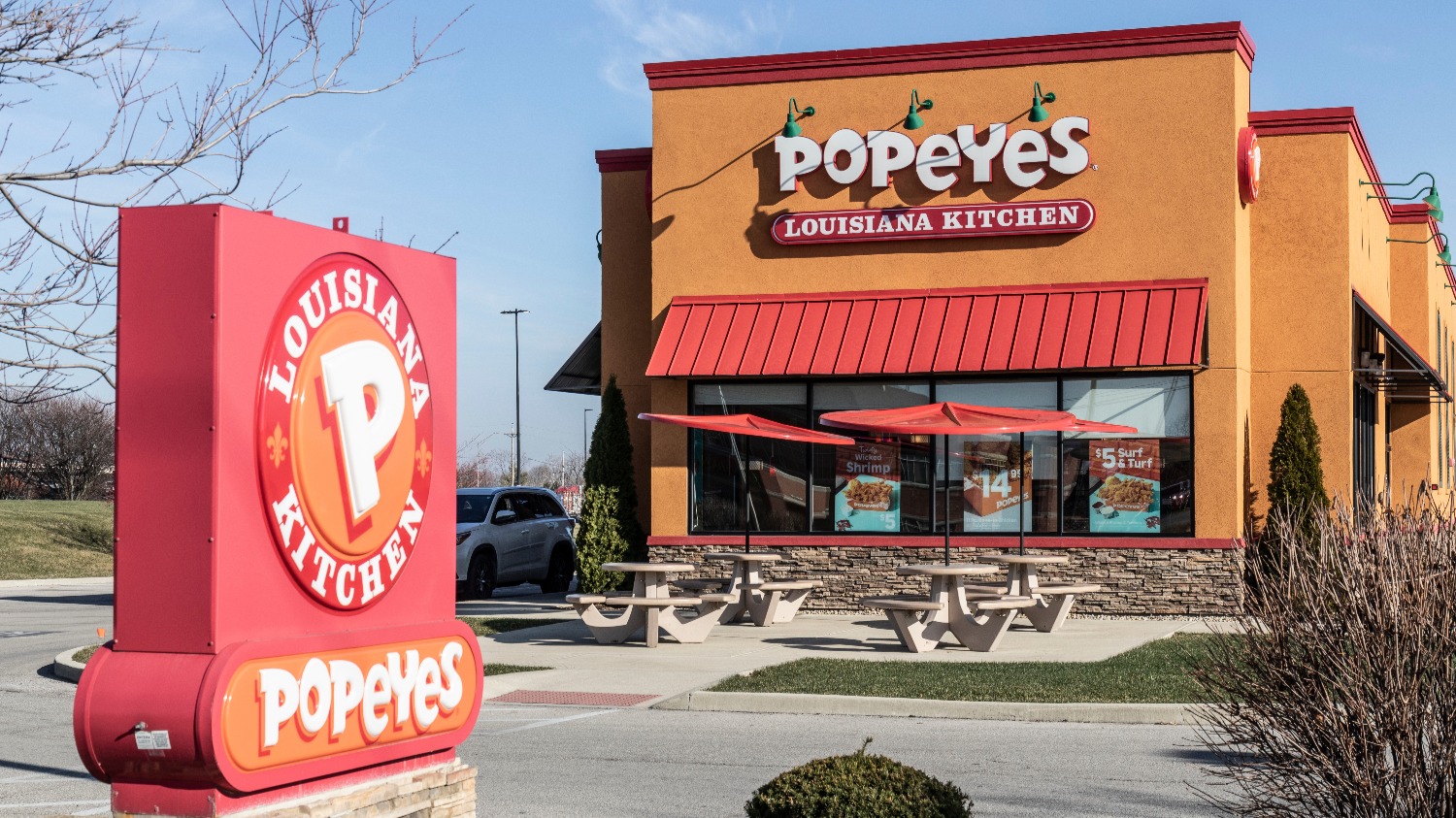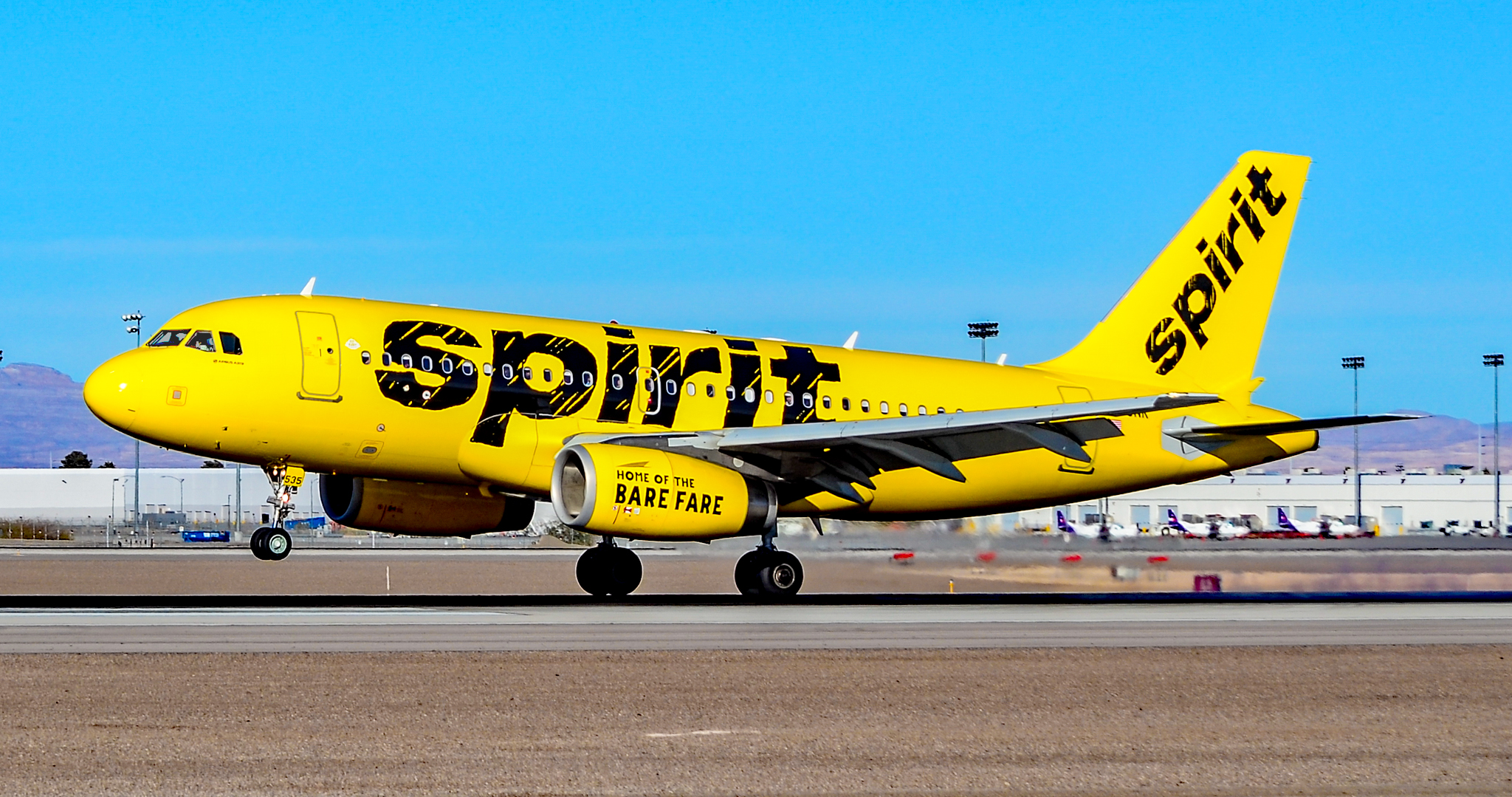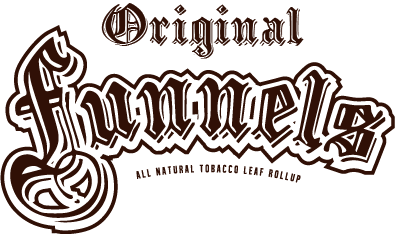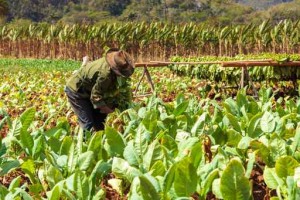 The amount of tobacco grown in Connecticut has decreased over the past few decades. As Connecticut has decreased tobacco production, demand for Connecticut Shade, Connecticut’s signature tobacco leaf, has grown dramatically.
The amount of tobacco grown in Connecticut has decreased over the past few decades. As Connecticut has decreased tobacco production, demand for Connecticut Shade, Connecticut’s signature tobacco leaf, has grown dramatically.
This is the ever-present dilemma in the business world: should products be available for mass consumption or should products be limited to raise their worth? Tobacco enthusiasts feel ambivalent about such matters.
Some enjoy the exclusiveness of smoking rare leaves. Others want the leaves to be affordable. As the leaf becomes less prevalent in the tobacco industry, native Connecticut people reminisce about the days when Connecticut Shade was abundant.
Connecticut natives remember the original uses of tobacco. Initially, tobacco was not used recreationally; instead, it was used traditionally and medicinally amongst the Native Americans. Phillip Devlin states, “Derived from two Greek words – entheos (meaning “full of god”) and genesthai (meaning “to bring about”) – an entheogen is a substance used in a ritualistic, religious context to bring about a connection to the divine within an individual or group of individuals.
Such a substance was tobacco to the aborigines of Connecticut – the Native American Indian tribes who had once lived here in abundance” (1). This is not what we Americans think of as the origins of tobacco use. Interestingly enough, tobacco has ancient, mystical roots.
The history of Connecticut Shade is interesting. Connecticut Shade is not actually native to Connecticut. Originally, the tobacco grown by natives was not quality tobacco (1). It had a nasty, harsh taste, and for that reason, it was used as a pesticide. Steeped in tradition, Connecticut Shade has a long-lasting history in the state of Connecticut.
Now, Connecticut Shade is not as prevalent as it was when it was first brought to America. Devlin theorizes, “Acreage devoted to tobacco production in the valley peaked in 1921 at 30,800 acres under cultivation. This year, between 2,000 and 2,500 acres grow tobacco in the valley.
The “down period” for tobacco accelerated in the 1970’s to about 1995, coinciding with health concerns about its use. The recent popularity of cigar smoking, however, has brought up demand somewhat. Moreover, many thousands of acres of former tobacco land have been sold for housing developments in the past 40 or so years, as the value of the land as real estate often exceeded its value for growing tobacco” (1).
The lack of space available for growing has led to increased prices for Connecticut Shade. Luckily, Connecticut Shade is getting more attention from tobacco enthusiast these days. Perhaps all of this attention can lead to more tobacco farms in Connecticut and a resurgence of Connecticut Shade.
Devlin, Philip R. Tobacco in Connecticut: A Change of Story. Manchester Patch. 01 Aug. 2011. Web. 26 Feb. 2016.
http://patch.com/connecticut/manchester/tobacco-in-connecticut-a-story-of-change
